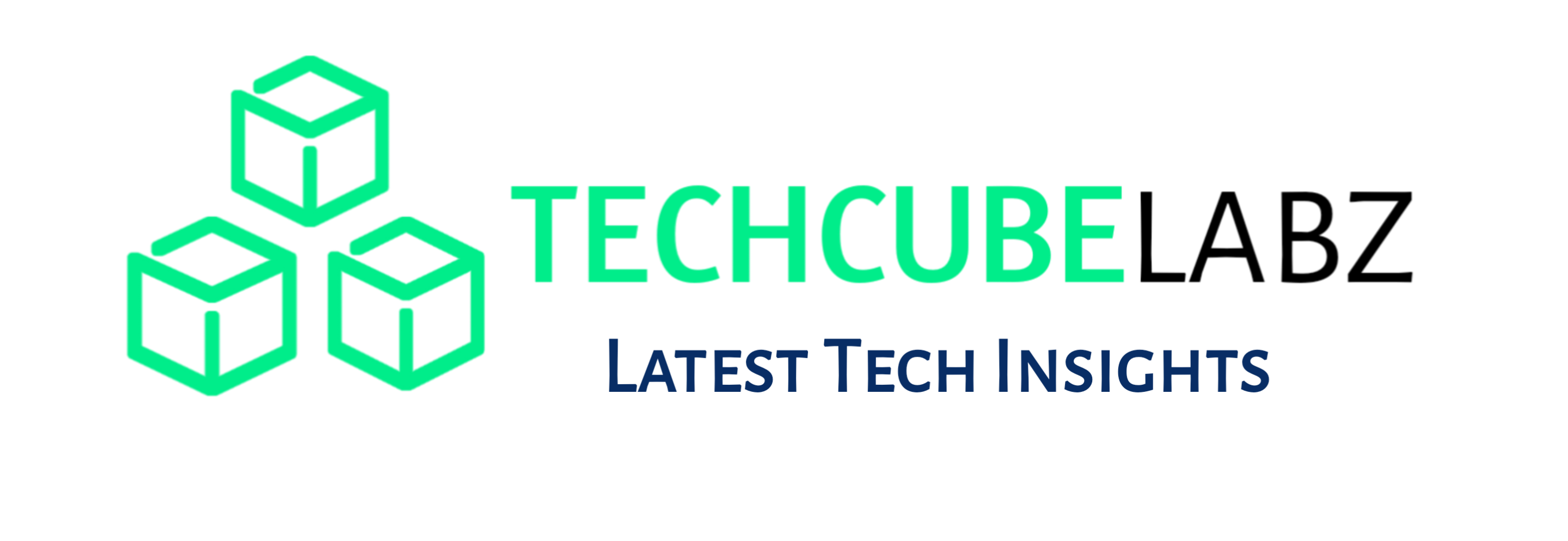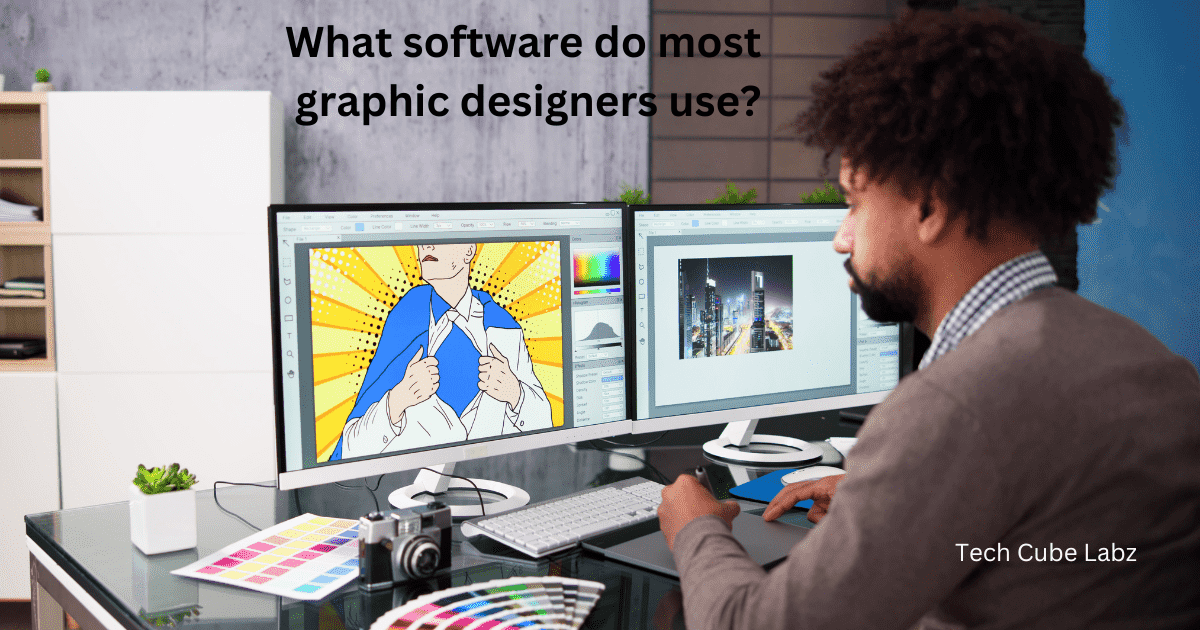
What software do most graphic designers use?: Graphic designers are the most likely to use graphic design software. Adobe Creative Suite, the most popular choice in the industry, is Sketch. Graphic Designers also use other tools, such as cameras, tablets and computers.
Graphic design software allows you to edit and create graphic art. Graphic design software comes in many different types with different functions and tools. Users can use different software to create illustrations, edit or stylize images, and format layouts.
Graphic designers use software to bring their visions to life. Photoshop, Sketch Illustrator, InDesign and After Effects are among the best graphic design software.
Photoshop is the best graphic editor for editing images. Photoshop is the standard in photo manipulation and computer art. Photoshop includes 2D and 3-D image manipulations, video editing and image analysis.
Sketch is a Mac-based vector tool that focuses on interface, web, and app design. It is an excellent program for creating icons, banner ads, social media images and presentation materials. This program has many UI/UX-related uses, including icon design, prototyping and creating user flows.
Illustrator allows you to create anything from logos and vector illustrations to graphics and fonts. Illustrator is similar to Photoshop in many ways, but it’s based on vector design. This means you can resize or scale designs without losing clarity.
InDesign is an essential page layout tool for Designers who work in publishing. This software is used to lay out magazines, newspapers and brochures. Designers can use InDesign to organize text, create layouts, insert placeholder images, and save documents in print-ready formats.
After Effects is an ideal software for Graphic Designers who incorporate motion in their work. Designers can use After Effects to create animations, movie titles, transitions or even designs in 3D.
Graphic designers mostly use 7 best software
- Adobe Photoshop
- Adobe Illustrator
- Adobe InDesign
- CorelDRAW
- Sketch
- Figma
- Affinity Designer
1. Adobe Photoshop
Adobe Photoshop first appeared in 1990. Since then, it has become one of the most popular pieces of software. Photoshop is so well-known that even non-photographers have heard of it.
Photoshop is a powerful image editing software. Photoshop is one of the most powerful software for image editing. There’s not much that it can’t handle.
Photoshop may not have the cataloging and organization capabilities of Lightroom, but when it comes down to photo manipulation and editing, it is still king.
Photoshop is able to change colors, move objects around, remove unwanted elements and do a lot more when editing photos taken with one of the best cameras and one of the best lenses.
Photoshop is a great tool for any type of photography. Photoshop has a steep learning curve, but if you are willing to put in the effort to master it, you will be able to edit photos like you have never done before.
Photoshop, like Lightroom, is available only as a monthly subscription. This has both pros and cons. You can buy Photoshop separately for $20.99 per month or in a Photography plan with Lightroom at $9.99 per month. [What software do most graphic designers use?]
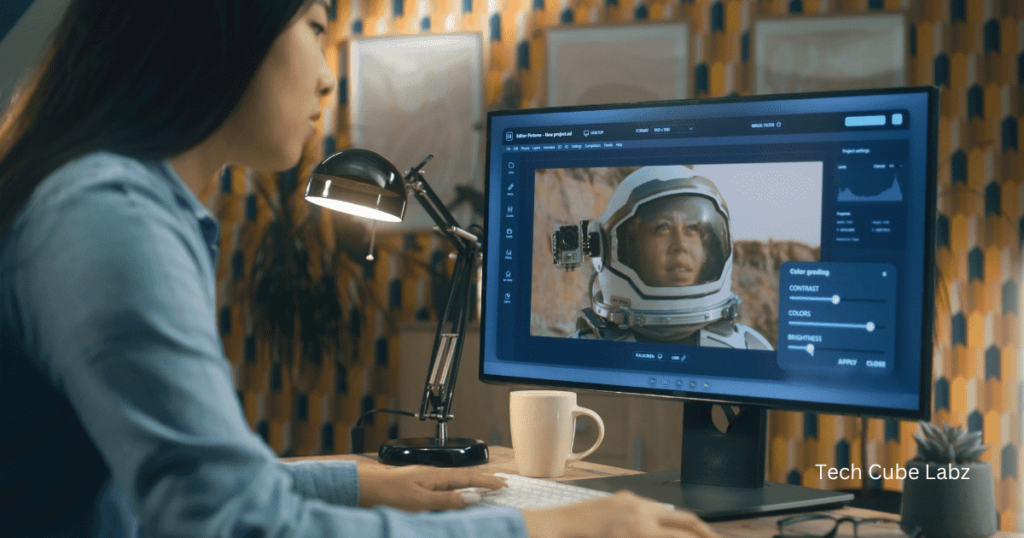
2. Adobe Illustrator
Since its release in 1987, Adobe Illustrator has been regarded as an essential tool in the graphic design industry.
The vector format is essential in graphic design. It allows users to create graphics with unlimited expansion, unlike raster graphics, which are limited by their pixels.
Illustrator, despite being the standard format for printing and design in the.AI file format from Adobe Illustrator, has been struggling to keep up in the last few years with other apps that have surpassed it both in terms of functionality and form.
Adobe Illustrator’s recent updates show that it is constantly looking at the competition to make sure they are keeping up or even surpassing them in almost all areas. It has also added the ability to customize the toolbar.
This is a function that’s nearly essential for a program that can be so cluttered with bells and whistles that the basic features are often buried.
Adobe’s move to a subscription-based program in 2012 ensured that the company would always have an income stream from its existing users and that it could release updates to existing users as soon as they were released.
Illustrator users now have access to new features almost constantly over the last few years. These include increased Adobe font customization and new 3D capabilities.
Adobe’s move to a subscription-based program in 2012 ensured that the company would always have an income stream from its existing users and that it could release updates to existing users as soon as they were released.
Illustrator users now have access to new features almost constantly over the last few years. These include increased Adobe font customization and new 3D capabilities. [What software do most graphic designers use?]
Read Also: How many types of software are there in Tally?
3. Adobe InDesign
Subscribers will receive the latest updates, but they won’t automatically download them. This is great if you are working on a big project and you don’t have time to learn new features or deal with bugs.
The latest major upgrade won’t replace the version you already have, so your workflow will not be disrupted as you test out the latest.
InDesign was originally designed to create print documents. It has evolved over the years and now caters to mobile and web needs.
Adobe has a consistent interface, which is a major advantage. This is especially true if you opt for the All Apps package. You’ll be able to understand InDesign if you are familiar with Photoshop and Illustrator.
Each app has its unique features, so there will be some differences. However, familiarity with the apps is essential for a smooth workflow, particularly if you jump from one app to another as you work.
InDesign’s workspace is immediately recognizable with its toolbar to the left, docked panels and properties on the right and menu at the top. [What software do most graphic designers use?]
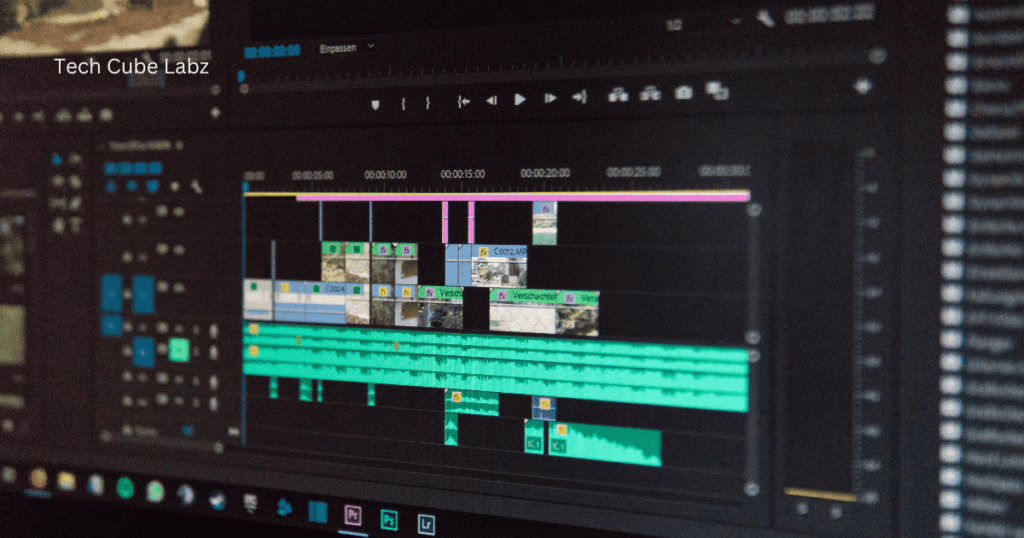
4. CorelDRAW
Adobe is usually the leader in graphic software. We were, therefore, surprised by how CorelDraw was able to turn our Illustrator-biassedMinds.
The software offers some features that Illustrator cannot match, at least not without additional steps or purchased plug-ins.
It’s a graphics software primarily targeted at non-designer producers and Windows-based graphic designers, but it has some professional features. Adobe Illustrator is still our Editors’ Choice for this category. This is partly due to its integration with other Creative Cloud applications.
CorelDraw can be used for layout, editing and vector drawing. The apparel, textile, and garment industries are the main users of this global favorite. Previously, the app was available only on Windows.
Now, it is also available for macOS. Corel wants to compete with Adobe Illustrator in the graphic design industry. Adobe Illustrator has a stronghold on the market. [What software do most graphic designers use?]
5. Sketch
SketchUp offers a variety of subscriptions and plans to suit your needs, whether you are an individual, a company or an educator. Basic features are available for free, but more powerful ones are behind a paid wall.
SketchUp is not for you if you are looking for an interior design program that allows you to add and customize a variety of items, such as ready-made walls, windows, doors and so on.
You’ll use the ones on the left the most. You can create rectangles, lines, circles, and more. There are also many useful ways to create something exactly to your specifications. Select the line tool and click it once to anchor it on your design.
Then, move the cursor to the left to see the lines being drawn. You’ll see its length displayed on the lower right side of the page as you move your cursor.
Just type a number before you click the second point to get the exact line length. The app uses this simple concept throughout. [What software do most graphic designers use?]
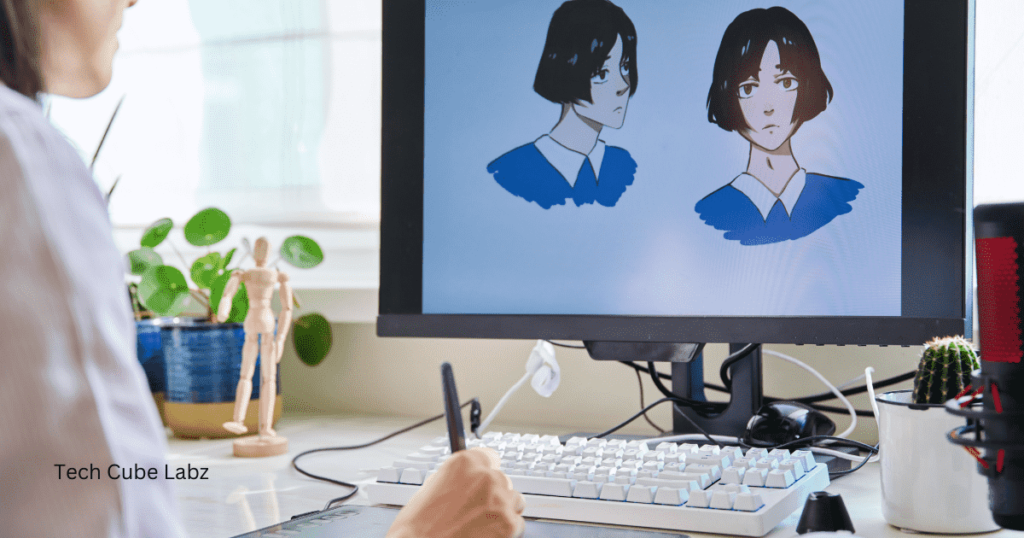
6. Figma
Figma is an open-source web development tool you can use directly in your browser. Designers can create wireframes or prototypes easily before the full development process begins.
It is impossible to overstate the importance of good UI/UX. It is the key to attracting and keeping new users.
Users demand intuitive, refined apps with friendly interfaces. Figma and other mockup tools help companies create realistic prototypes so they can spend more time developing apps that people will want to use.
Figma is an interface design tool that’s free to use. However, it offers premium subscriptions monthly and annually for more advanced users.
There are four plans: Free, Professional, Organisation, and Enterprise.
There are limitations to the free version. Users can work on an unlimited number of drafts and create up to three Figma files. This is a good deal for freelancers and casual users.
Professional includes unlimited files, team libraries and advanced prototyping. The Dev Mode comes with annotations, and some admin tools. They add an unlimited version history as well as private project sharing.
The cost is $15/PS14/$24AUD per user/editor per month. Prices drop to $12/PS11/$19AUD per editor/user per month for annual subscriptions. [What software do most graphic designers use?]
7. Affinity Designer
It cannot be easy to create an image, whether it is an artwork, logo or icon. The most popular graphic design software is often priced accordingly. Affinity Designer is one such exception.
Affinity Designer works with both Intel and Apple chips on the Mac and 64-bit processors for Windows. The minimum requirement for either platform is 8GB RAM. However, the more RAM you have, the better.
You can get all of them for $170 or $100/PS90 if the celebratory offer is still valid. The only downside is that there is no discounted upgrade option for existing users. Serif offers a 30-day free trial on both Mac and Windows.
The preview feature of the document that you are generating is a nice touch. You can see the preview of your document, whether it is a sample size or a customized creation. It will include margins and bleeds.
The interface is the same, but it’s been improved in many ways. All the tool icons have also been redrawn. It shouldn’t be difficult to get used to it.
The Layers panel is one such improvement. It now defaults to displaying an object type. You can see instantly if a particular layer is a curve or raster. [What software do most graphic designers use?]

Conclusion:
It depends on your needs and preferences. Adobe Illustrator CorelDRAW and Affinity Designer will be the best choice for those who are primarily interested in vector graphics and illustrations. Adobe Photoshop Affinity Photos and Gimp are the best options for photo editing and raster graphics.
InDesign has the best layout design tools, while Sketch and Adobe XD are excellent for UI/UX. Blender, Cinema 4D and ZBrush offer powerful tools for 3D modeling and animated graphics.
Canva, Gravit Designer, and other tools are affordable and accessible for quick projects. The best software for a project depends on its requirements, budget and designer’s expertise. [What software do most graphic designers use?]
What software do most graphic designers use?: FAQ
1. Do graphic designers use CAD?
Ans: Designers in a variety of industries use CAD because it offers them features and advantages that traditional design tools cannot. You may want to learn more about CAD if you are a designer or if you are considering a design career.
2. Is CAD 3D free?
Ans: There is a wide range of free CAD options that can be used to meet a variety of design requirements. Autodesk offers Fusion 360, a 3D design software. Tinkercad is a simpler, project-oriented program.
3. Can I use the AutoCAD logo?
Ans: Autodesk logos and product icons may only be used with permission from Autodesk.
